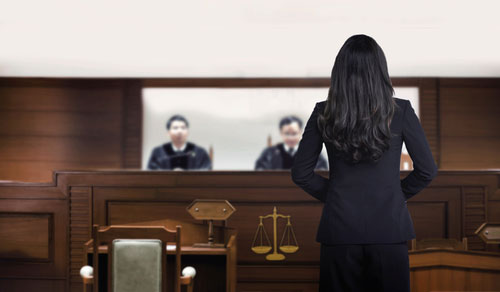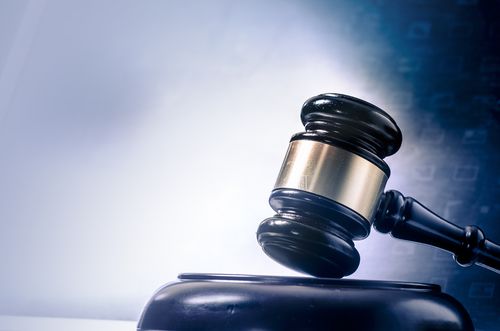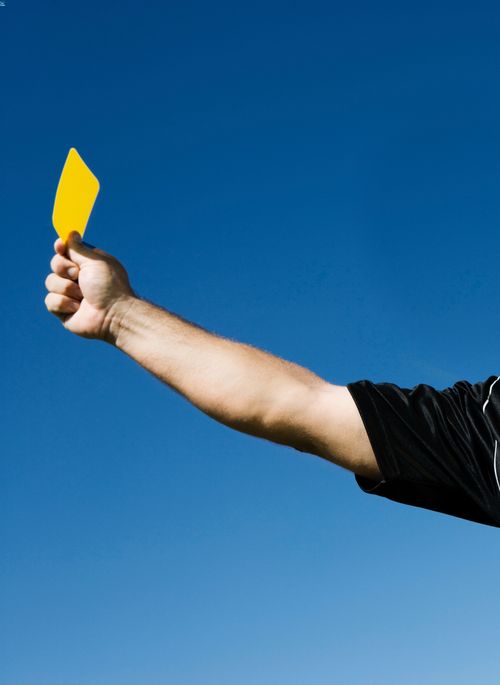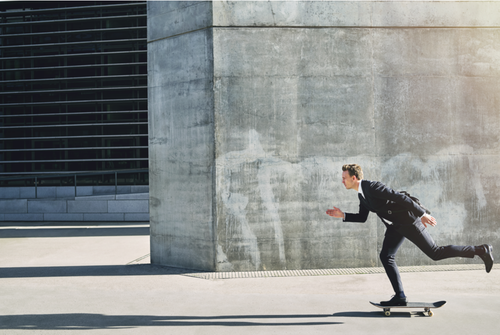- Appellate Litigation
The larger the non-economic damages award, the more likely defendant will challenge it. Defendants have an edge on appeal for challenging substantial non-economic damages because the appellate court relies on a “cold” written record of the proceedings, without the benefit of seeing your client sobbing while testifying or struggling to stand, or sitting with a therapy dog. Without the visual and auditory context, substantial non-economic damages for relatively minor-seeming injuries can appear “unsupported” and “excessive.”
Understanding this, good trial attorneys delve into detail about the myriad of ways an injury has affected the plaintiff, from their enjoyment of former activities to their intimacy with their partner, etc. Great attorneys know that they need to “warm” the record before it ever reaches an appellate court.
There are many ways to “warm” the record, and here are a few tips:
Tip #1: Become a Parrot
I’m sure if you have ever spoken to an appellate attorney, you heard the advice to put everything on the “record.” In practice, this can be awkward, especially when it comes to non-economic damages. For instance, when your client starts bawling on the witness stand, you won’t want to robotically state, “let the record show my client is crying.” But, if you do not parrot the non-verbal important moments of the trial into the written record, they won’t “exist” for the appellate court. So be creative. Perhaps you state on the record, for instance, “[Plaintiff], I see that you’re having a hard time speaking because this is so emotional for you. Take your time. Here are some tissues…”
Tip #2: Before You Close, Take An Evidentiary Inventory
Trial moves quickly and too often helpful exhibits that were identified during trial are never actually offered into evidence. Make sure, before you rest, to take an inventory of the exhibits that you have introduced. If you move to admit an exhibit but the court rejects it, you might nevertheless be able to use it on appeal. However, if you do not move to admit the exhibit into evidence, it will not “exist” for use in your appeal. When in doubt, err for over-inclusiveness.
Tip #3: Make The Invisible Visible
Do you have a moving “day in the life” video? If so, make sure you offer it into evidence rather than simply using it as a demonstrative. There are ways to make the videos more “evidentiary” to overcome a Evid. Code § 352 objection. Talk with your videographer about your goal when creating the video, and talk with other attorneys who have successfully overcome the inevitable objections. Maybe that requires having a shorter excerpt to offer into evidence. If the court excludes your video as evidence, but permits you to show it to the jurors, do not send your court reporter on a break during playback. Your goal is to make the written record reflect the emotional impact of the visual and auditory experience the jurors have at trial. Your court reporter is key for accomplishing this goal.
Pictures!
Before-and-after photographs should be offered into evidence. Let the appellate court really see your client.
Video Depositions
Did you skewer a witness’s testimony by showing excerpts from her video-recorded deposition? Again, make sure your court reporter transcribes the video playback. (This is a common mistake of trial lawyers who are attempting to be kind to court reporters). Prepare your video excerpts as standalone exhibits for the ease of moving to admit them into evidence. If a picture is worth a thousand words, how much is a video worth? Possibly your damages award if you fail to convey its impact to the appellate court.
Have you already rested and lost the opportunity to “warm” the record? Don’t panic. That’s part of the “magic” your appellate attorney brings to a post-trial motion and appeal.









